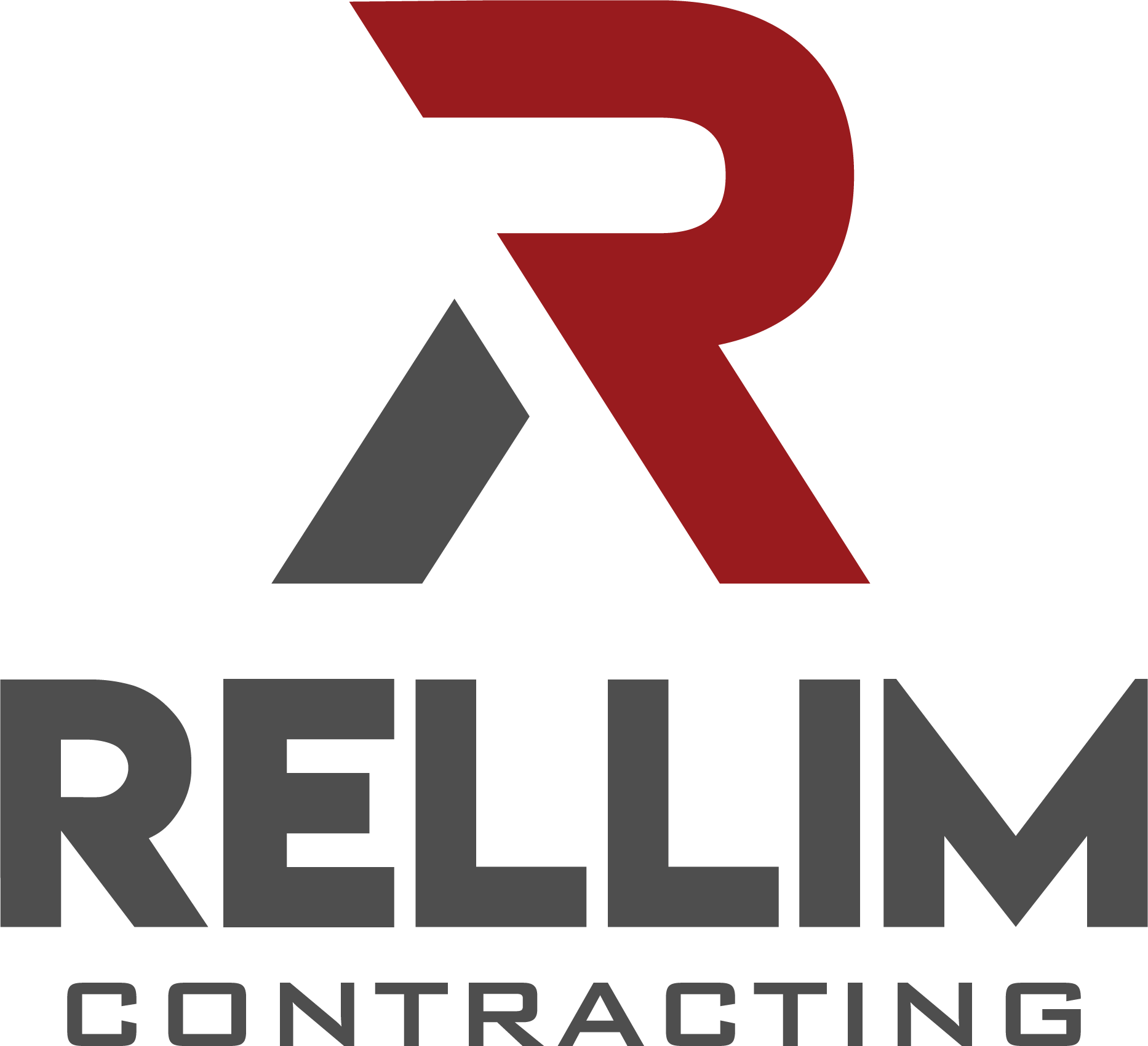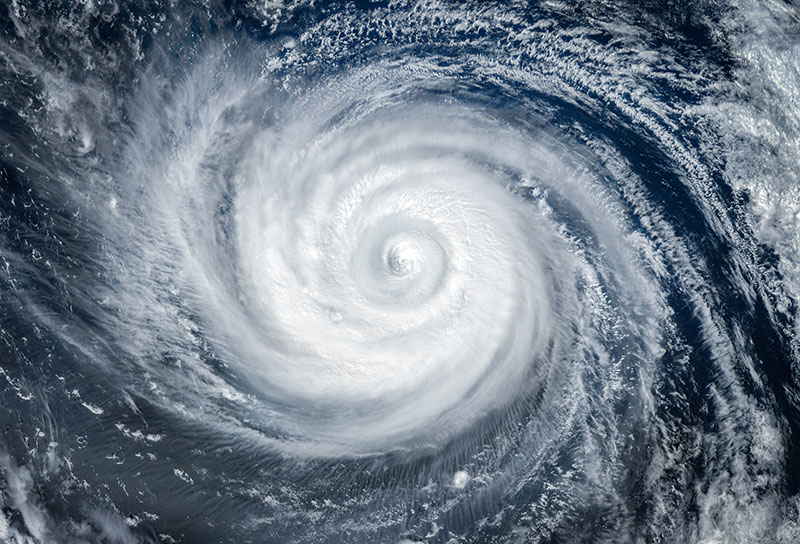Living in a hurricane-prone region can be both exciting and scary. On one hand, you get to witness the beauty and power of nature; on the other hand, you need to prepare for the worst-case scenario. One of the most common and costly damages caused by hurricanes is roof damage. Roof damage can be minor or severe, but it always requires immediate attention and repair. In this article, we will guide you through the process of repairing your roof after hurricane damage and preventing future damage.
Understanding storm damage to your roof
Hurricane winds can reach speeds of over 100 mph, and they can cause a lot of damage to your roof. The most common types of damage are:
- Missing or damaged shingles
- Cracked or broken tiles
- Dented or punctured metal panels
- Leaks and water damage
These damages can compromise the integrity of your roof and lead to bigger problems in the future, such as mold growth, structural damage, and higher energy bills. Therefore, it’s important to address them as soon as possible.
The importance of prompt roof repair after a storm
After a hurricane, you may be tempted to postpone the repair of your roof, especially if the damage seems minor. However, even minor damages can worsen over time and compromise the safety and comfort of your home. Here are some reasons why you should prioritize prompt roof repair:
- Safety: A damaged roof can collapse or cause injuries to people and pets inside the house.
- Health: Water leaks can lead to mold growth, which can cause respiratory problems and allergies.
- Energy efficiency: A damaged roof can let in air and moisture, leading to higher energy bills and lower indoor comfort.
- Property value: A damaged roof can lower the value of your property and make it harder to sell or rent.
Steps to take immediately after a storm
After a hurricane, it’s important to inspect your roof for damage and take some immediate steps to prevent further damage. Here are some things you can do:
- Stay safe: Don’t go on the roof if it’s wet, slippery, or unstable. Use binoculars or a drone to inspect the roof from a safe distance.
- Check for leaks: Look for water stains on the ceiling, walls, and floors. If you find any, place a bucket or a tarp under the leak to catch the water.
- Remove debris: If there’s any debris on the roof, such as branches, leaves, or garbage, remove it carefully to avoid further damage.
- Document the damage: Take photos or videos of the damage for insurance purposes.
Assessing the extent of the damage
Before you can repair your roof, you need to know the extent and type of damage. Some damages are visible, while others are hidden. Here are some ways to assess the damage:
- Exterior inspection: Walk around your house and look for missing or damaged shingles, tiles, or panels. Check for dents, punctures, or cracks. Look for debris or stains on the roof.
- Interior inspection: Go to your attic or crawl space and look for signs of water leaks, such as wet insulation, mold growth, or water stains on the ceiling or walls.
- Professional inspection: Hire a professional roofing contractor to perform a thorough inspection of your roof. They have the knowledge, tools, and experience to detect hidden damages and provide an accurate estimate for repair or replacement.
Hiring a professional roofing contractor
Repairing or replacing a roof is not a DIY project. It requires specialized skills, equipment, and materials to ensure a safe and effective repair. Therefore, it’s important to hire a professional roofing contractor who is licensed, insured, and experienced. Here are some tips for choosing the right contractor:
- Check their credentials: Make sure the contractor is licensed, insured, and certified by a reputable roofing association. Ask for proof of insurance and license.
- Check their reputation: Read online reviews, ask for references, and check their portfolio. A good contractor should have a history of satisfied customers and quality work.
- Get multiple estimates: Don’t settle for the first contractor you find. Get at least three estimates from different contractors and compare them based on price, quality, and timeline.
- Ask for a contract: Before hiring a contractor, make sure you have a written contract that specifies the scope of work, timeline, payment schedule, and warranty.
Options for repairing or replacing your roof
Depending on the extent and type of damage, you may need to repair or replace your roof. Here are some options:
- Shingle roof repair or replacement: If you have a shingle roof, you may need to replace missing or damaged shingles, or replace the entire roof if it’s old or severely damaged.
- Tile roof repair or replacement: If you have a tile roof, you may need to replace cracked or broken tiles, or replace the entire roof if it’s old or severely damaged.
- Metal roof repair or replacement: If you have a metal roof, you may need to repair dents or punctures, or replace the entire roof if it’s old or severely damaged.
- Flat roof repair or replacement: If you have a flat roof, you may need to repair leaks or replace the entire roof if it’s old or severely damaged.
Tips for preventing future storm damage to your roof
After you’ve repaired or replaced your roof, it’s important to take some preventive measures to avoid future damage. Here are some tips:
- Trim trees: If you have trees near your house, trim the branches that could fall on the roof during a storm.
- Clean gutters: Make sure your gutters are clean and free of debris, so that water can flow freely and not cause damage.
- Install hurricane straps: Install hurricane straps or clips to reinforce the connection between your roof and your walls, so that the roof doesn’t get blown off during a storm.
- Inspect your roof regularly: Inspect your roof at least once a year, or after a severe storm, to detect any damages early and prevent them from worsening.
Contact Rellim Contracting LLC
If you need professional help with repairing or replacing your roof after hurricane damage, contact Rellim Contracting LLC. We are a licensed and insured roofing contractor with years of experience in storm damage roof repair. We offer free estimates, competitive pricing, and quality workmanship. Don’t wait until it’s too late. Contact us today and let us help you weather the storm.

